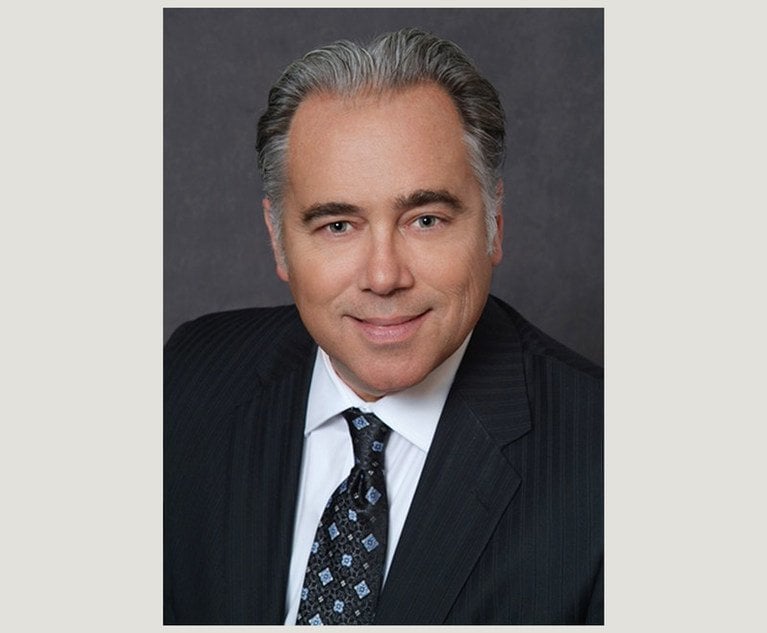As we look to 2019, the question of what changes will take place in the world of e-discovery over the next year will certainly entice answers from the many legal minds who work with e-discovery. Those answers, however, are not so obvious. The questions that the e-discovery community will address and the factors that can play a large part in providing those answers may be far more obvious, as they arise from the many changes in the law and digital technology discussed at great length in 2018. Which answers, however, the community will prefer will depend upon the legality, complexity, cost and availability of those answers, as well as the community’s sense of its own strengths and weaknesses. In this month’s column, I will look at ongoing discussions of or references to those questions and answers in an attempt to get a picture of what we can expect in the coming year.
GDPR and Other Legal Standards
The General Data Protection Regulation, or GDPR, which took effect in the United States in May 2018, is a European Union (EU) law governing data security for all data housed in or transferred from the EU. Inasmuch as a considerable amount of data is transferred from the EU to the United States (as with so many legal requirements, the American personnel who must discharge those GDPR requirements often has no sense of just how large the volume at issue is until the requirements are enforced), and, given that a considerable amount of American data is stored (either for active use or backup) in “the cloud,” which very often means on servers kept by providers in the EU, the GDPR requirements touch upon many more users—including lawyers, firms and their clients—than an American user not caught up in discussions about the GDPR would initially believe. In addition to the GDPR, other data security laws have taken effect, and more are sure to follow. It is easy to imagine that a considerable amount of protected data—pertaining to personal identification, financial transactions, scientific research and numerous other matters to which the public, in general, should not have access—will be found in materials under review for or produced as e-discovery.


 Leonard Deutchman
Leonard Deutchman




